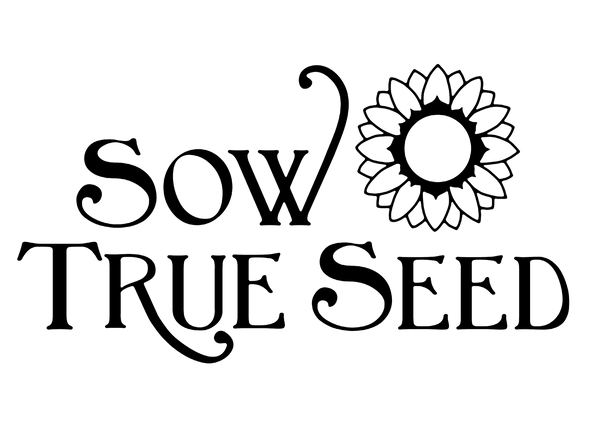Hand-Pollinating Corn

A little botany lesson – corn is a monoecious plant, meaning it has separate male and female flowers on the same plant. The tassel is the pollen producing male flower and the ear with silk is the female flower. Corn reproduces by wind pollination – the pollen from one plant blows through the air to pollinate the female flower on another plant.
In order to produce an ear full of kernels, the wind must deposit pollen onto each and every silk on the ears. Every un-pollinated silk results in an undeveloped kernel. Have you found empty areas in your corn in the past? It was likely caused by incomplete pollination. If you’re planting only a few corn plants there is less chance that the wind can do the job. You can improve pollination by transferring pollen from tassels to silks yourself.
How You Can Help Corn Silk Pollination
Collect the pollen as soon as the silks emerge from the ears and the tassels have a loose, open appearance. Wait for a morning when there is no breeze and shake the tassels over an open container to release the pollen. Collect from several plants, then transfer it into a small paper bag. Take a pinch of the powdery pollen and sprinkle onto the silks of each ear in your corn patch. Repeat once or twice over the next few days for best results.
The yellow sweet corn Golden Bantam was released in 1902 and has been popular ever since. Sow True carries Golden Bantam 12-row Improved, which is an heirloom – early, yellow and sweet. It has 5′ stalks producing 6 -7″ ears with more corn per ear than regular Bantam. 75 – 82 days.
info adapted from Rodale’s Ultimate Encyclopedia of Organic Gardening
| |
Article Written by: Angie Lavezzo |
|
About the Author: Angie Lavezzo is the former general manager of Sow True Seed. Beyond her professional role at Sow True, Angie's passion for gardening extends into personal hands-on experience, fostering plants and reaping bountiful harvests. |
